This blog entry is intended for Hawaii residents to prevent new introductions of an invasive specie onto your property.
Description
Little Fire Ant (LFA), Wasmannia auropunctata, is an invasive ant with a nasty sting. LFA are small, fully red, slow moving and live in trees. They do not swarm and they only sting when they get roughed up. While they are not super painful, multiple stings will leave welts and itchiness for a few days. No ants are native to Hawaii and all cause harm to the native ecosystem. However, LFA cause harm to us humans as well, they can and should be controlled around your home.
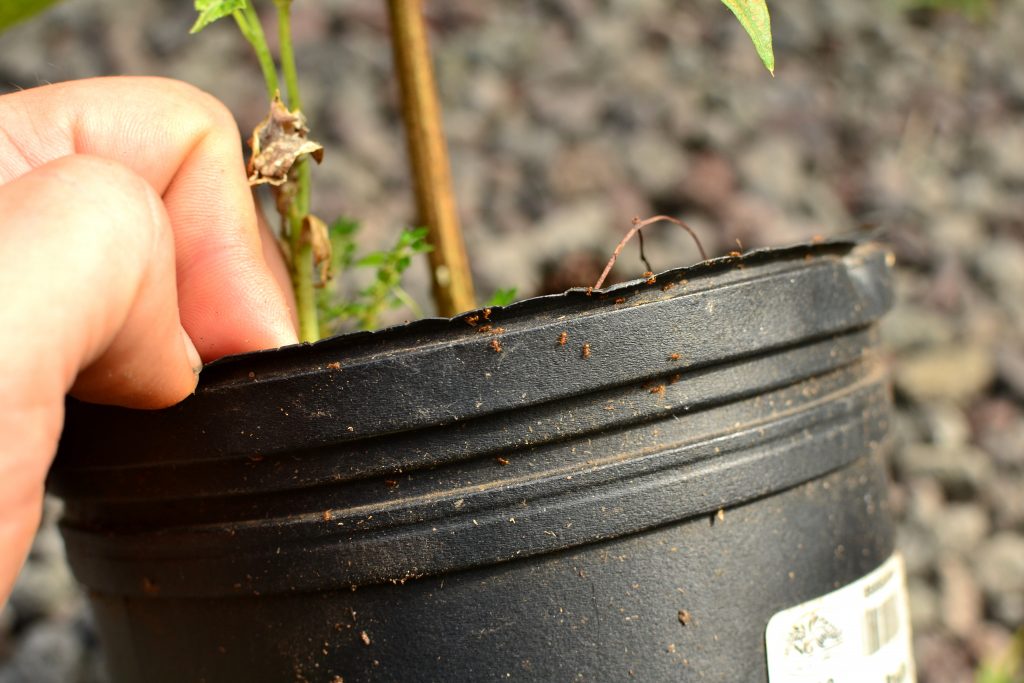
Typical LFA activity on a potted plant
LFA do not spread very far from their nest. So most nests will be brought onto your property by human activities of moving around materials. Maybe in a potted plant or other plant materials. Check all materials brought into your yard before spreading them.
This is important to note. Worker ants do not start new nests. Only a queen will start a new nest by laying a new queen, this new queen will travel very close to the original nest and start her new nest. Queen and worker ants look quite different, and you will usually see eggs where there is a nest and a queen. So only moving a nest can create a new nest. Not moving individual worker ants.
I highly recommend taking a free LFA workshop from Big Island Invasive Species Committee to learn more information from the experts (http://www.biisc.org/lfa/).
Survey
First thing to know is if you have LFA or not. You will need to survey multiple places in your yard to see if or where they have nests. They prefer trees and shaded moist areas. Look at BIISC website for more details (http://www.biisc.org/surveying-for-lfa/).
- Use a chopstick, coffee stirrer, stick, pencil, anything that you can stick somewhere and can remember what it looks like
- Spread a thin layer of peanut butter on the stick (LFA love the protein and sugar content of peanut butter)
- Poke them into crevices on trees, bananas, ti, near shrubs or into grass
- Wait 30 minutes
- Check sticks to see if LFA are crawling around near the peanut butter
- If you cannot identify them as LFA check website above for confirmation details
- Note locations where infected sticks were found
Survey all soils, mulches, cinders, composts, tree materials (including posts and logs), firewood, potted plants, cuttings, grafts, air-layers, literally everything, before moving them around your site.
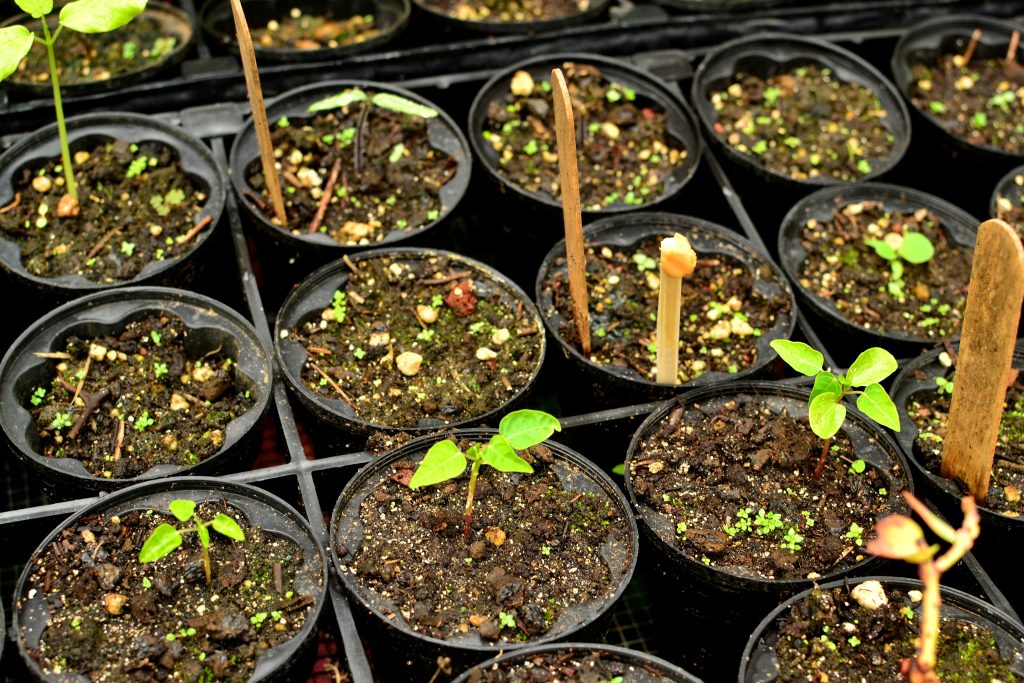
Chopstick with smeared peanut butter
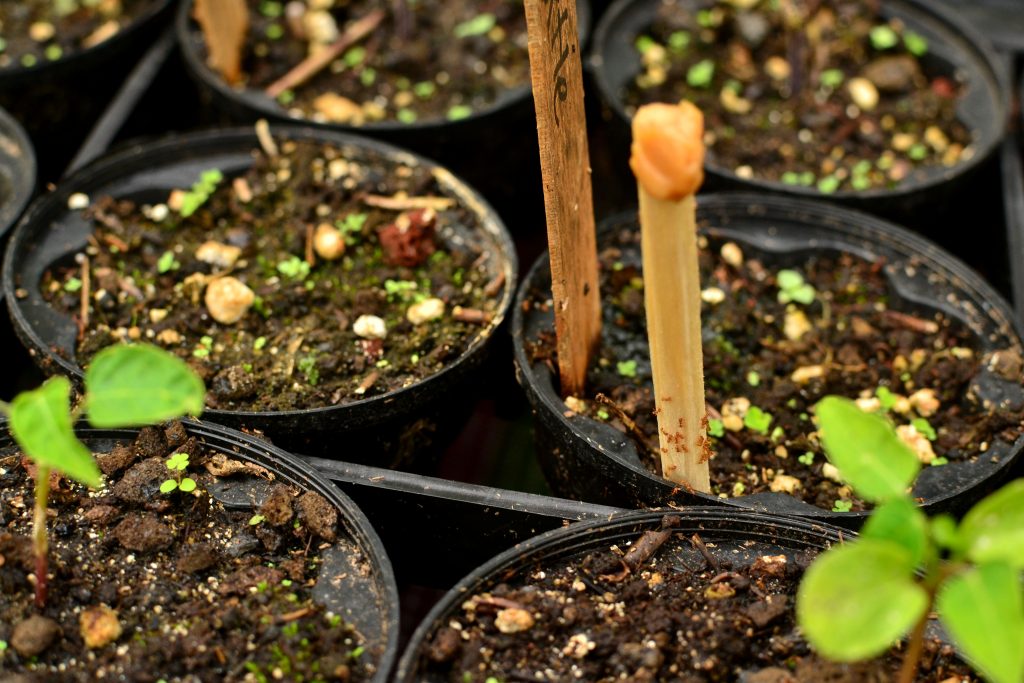
LFA Found
Quarantine Potential Infection Points
It only takes a few minutes to survey materials at the entrance of your property. This will prevent nest from entering! Once the survey is completed you can proceed to deal with the outcome of your survey. To learn about chemical products for treatments and prevention check out http://www.biisc.org/types-of-products-to-control-lfa/. Amdro and Tango both work as a chemical control.
Non-Pesticide Method For Prevention
Soapy water will drown the ants. The soapy water breaks down the exoskeleton of the ant and deteriorates their floating/waterproofing abilities. When I bring new materials into my yard, I soak them all in soapy water for 15-30 minutes to reduce risk of bringing in new nests.
I also follow this process before I transplant a potted plant into the ground. That way I’m not spreading a nest to an uninfected part of the yard.
Protocol:
- 5 gallon bucket with ~ 1 gallon of water
- 1 teaspoon of soap. Any dish soap will do, but make sure it isn’t ‘ultra’ as that could harm your plants. I use Dr. Bronner’s soap.
- Stick your whole plant into the solution, soil and all. Make sure there is enough water to completely cover the whole pot.
- After 15-30 minutes, remove the plants and run water through the pot to wash out any excess soap. (If transplanting I look at root ball to make sure no more ants are moving)
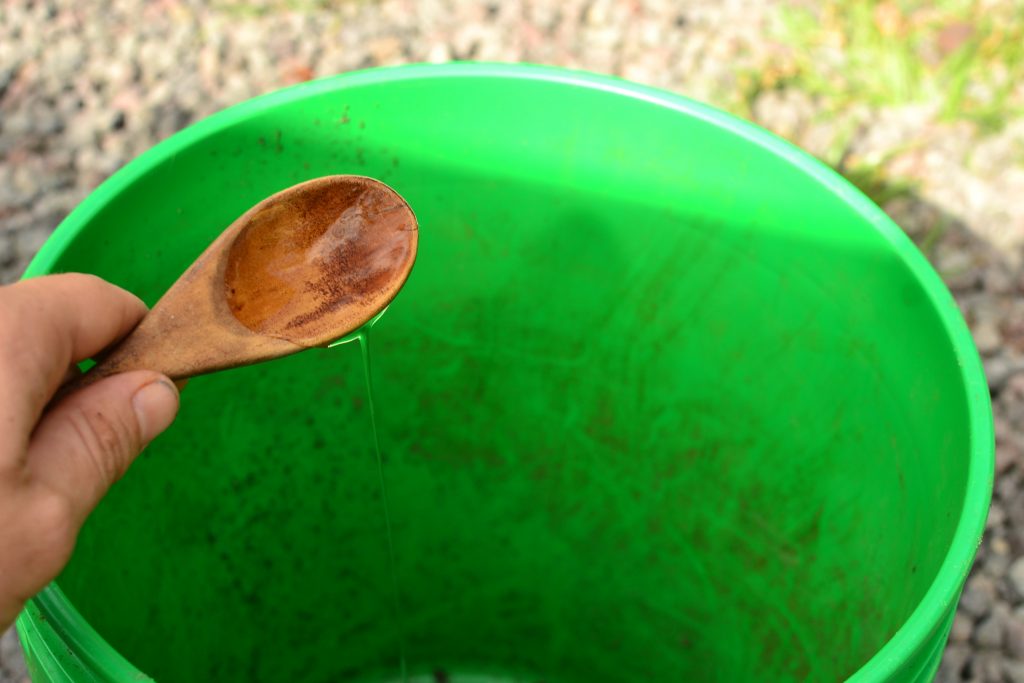
3 gallon water: 3 teaspoons soap
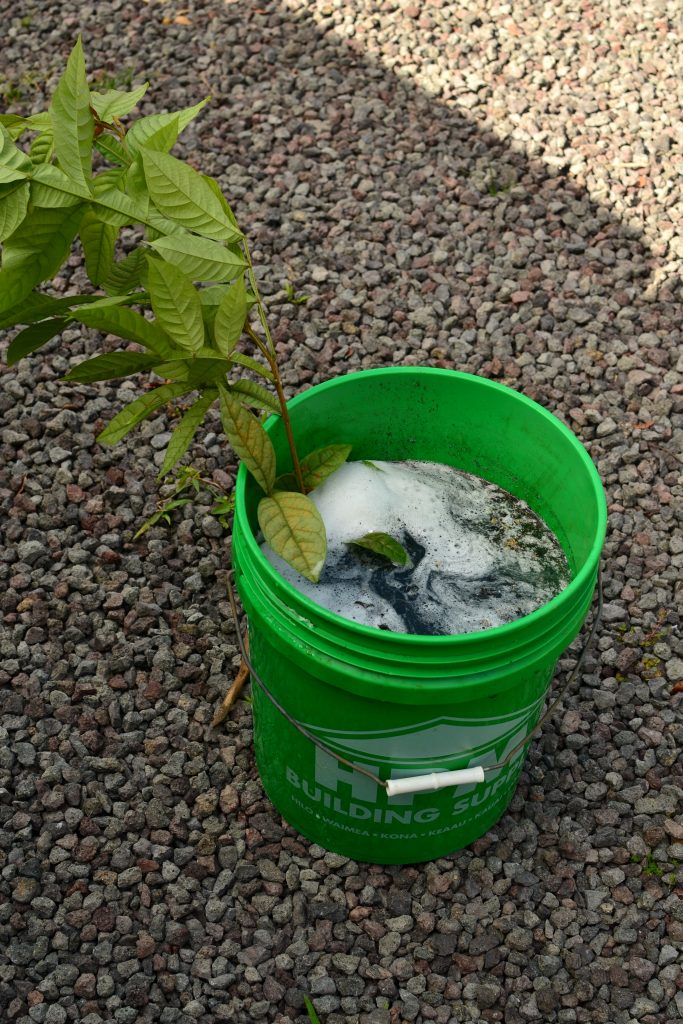
Plant soaking in sudsy solution
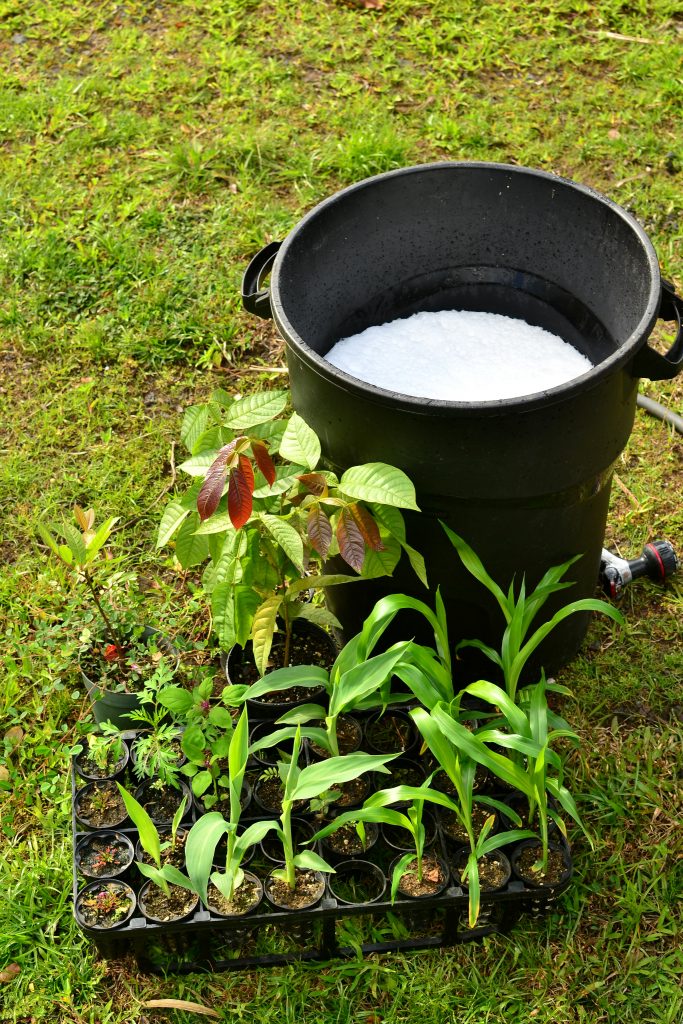
Larger scale soaking. Sudsy water
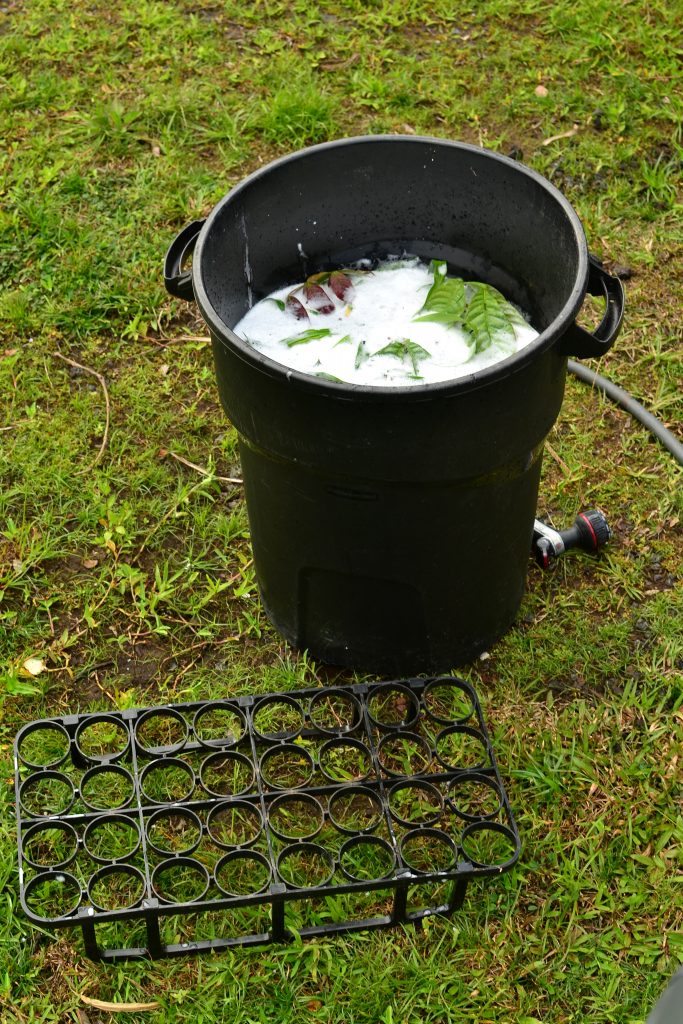
Soak plants as much as possible
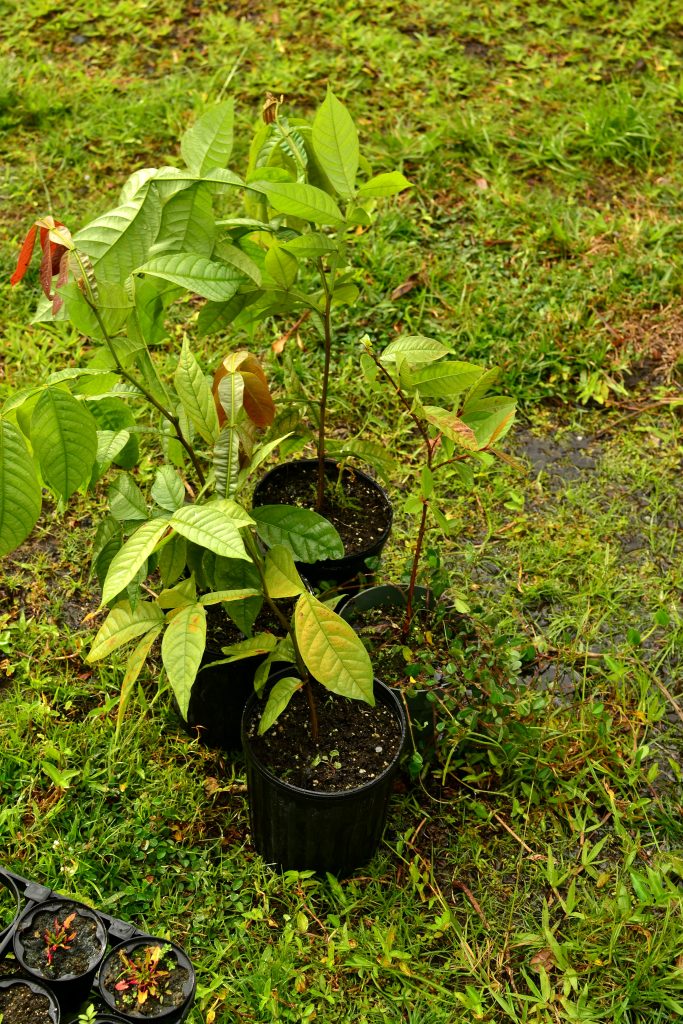
Rinse out soapy water
Keep the ratio at least 1 gallon of water: 1 teaspoon soap. So 3 gallons of water would be 3 teaspoons or 1 tablespoon of soap. When doing larger containers just make sure the water stays sudsy during the soaking.
This also prevents spreading other pests around too.
Conclusion
I’ve been using this method about two years now and I haven’t spread any ants around to uninfected parts of the property. This process does work! I also soak everything before I give plants away including cuttings and I have never given anyone fire ants. If everyone were to follow this easy protocol we could greatly reduce the spread of these little ants!
This makes for much more happy gardening!
Valuable post as always, thanks Spencer! I rarely take issue with anything you write, but I disagree with their stings not being super painful. They’re awful for me for 10(?) minutes, then horribly itchy for another 20. Their stings truly do feel like small fires I can’t douse.
Your post galvanized me to write up some ideas I’ve shared verbally with some people, and have been meaning to get out for hopefully wider consideration. This is an argument for and a message in a bottle to someone to take on leadership of a campaign to get the government to fund a biocontrol research program to bring LFA populations into balance. Without that, life will be hell after the ships stop bringing us poison.
Paradise or hell?—Hawaiian future depends on little fire ant biocontrol